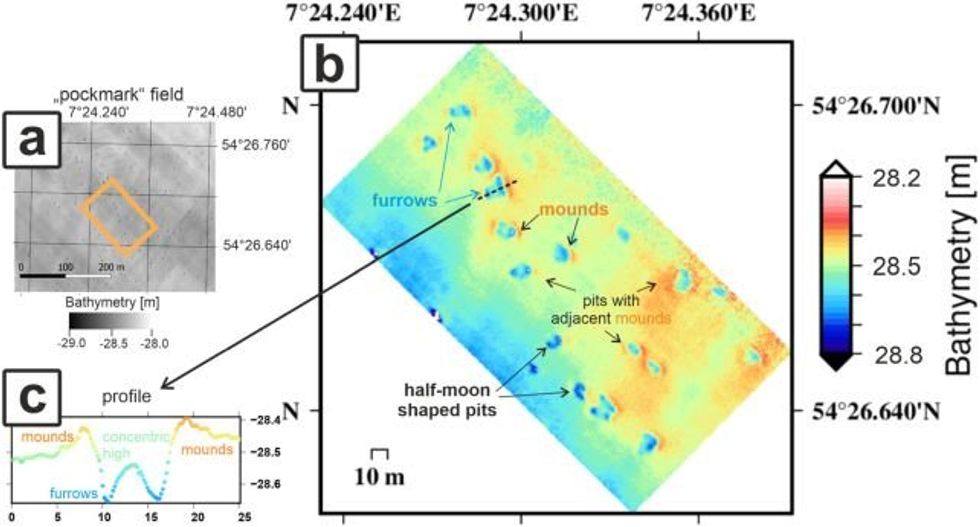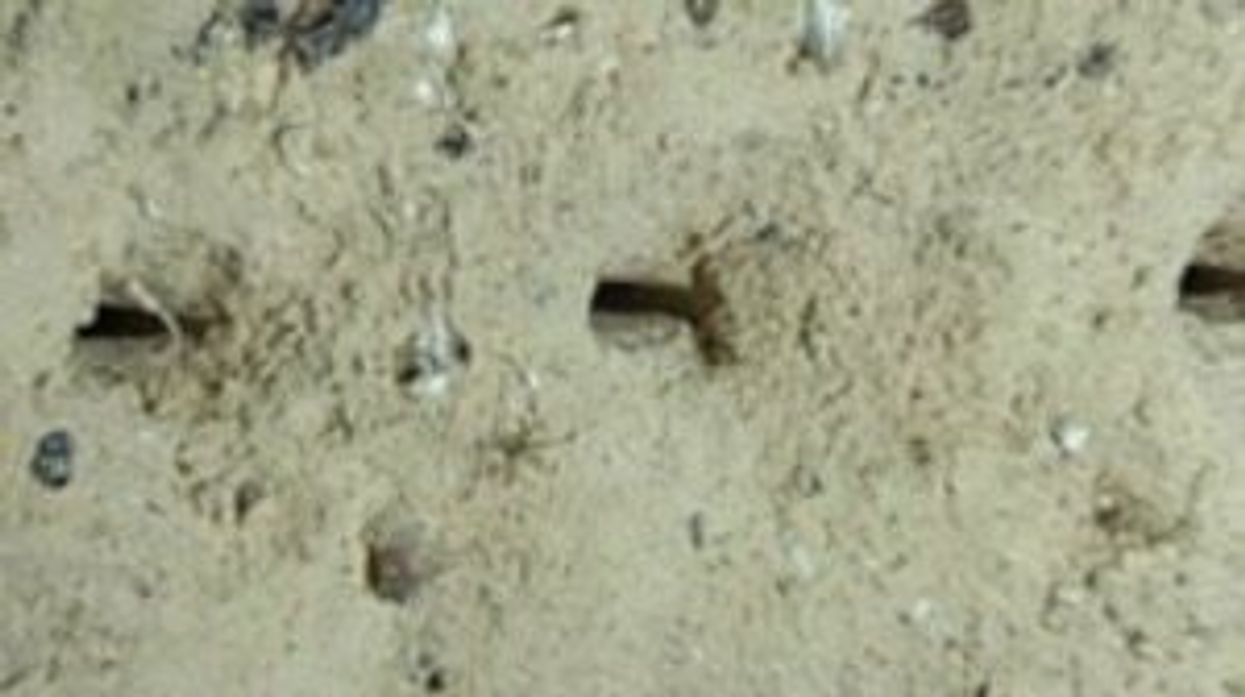Alex Daniel
Jan 18, 2024
NOAA Submersible Finds Mysterious Sublinear Holes at the Bottom of the Ocean
ZMG - Amaze Lab / VideoElephant
Oceanographers have finally worked out what caused tends of thousands of small holes on the floor of the North Sea, solving a mystery that has confused scientists for years.
The mysterious pockmarks were found in the 2010s, and had previously been put down to methane escaping from beneath the surface.
Phenomena like this have been seen widely across the world since a similar discovery in the 1970s off the shore of Canada.
But the depressions in the bottom of the North Sea had scientists scratching their heads, according to geoscientist Jens Schneider von Deimling of Kiel University, writing in Nature journal.
The previous study had revealed that the marks had been found to "emerge and disappear within a couple of months".
As it turns out, these particular marks are nothing to do with methane, Schneider von Deimling wrote, because there was almost certainly not enough methane beneath that area of the North Sea to cause them.
Instead, it's a much more simple reason: deep sea animals.
They're the mess left behind by porpoises and sand eels inhabiting the region, he wrote.
Porpoises forage among the seafloor sediment; this disturbs the sand eels nesting below, which emerge from their holes or are eaten, leaving the pits behind.

Using a combination of seafloor mapping, behavioural studies into the sea creatures and satellite images of the seafloor, the scientists figured out that the pits are often located at porpoise feeding sites.
"Our results show for the first time that these depressions occur in direct connection with the habitat and behaviour of porpoises and sand eels and are not formed by rising fluids," Schneider von Deimling says.
"Our high-resolution data provide a new interpretation for the formation of tens of thousands of pits on the North Sea seafloor, and we predict that the underlying mechanisms occur globally, but have been overseen until now."
It's just another example of animals being the architects of our natural world. And this time, they even did it on porpoise.
How to join the indy100's free WhatsApp channel
Sign up to our free indy100 weekly newsletter
Have your say in our news democracy. Click the upvote icon at the top of the page to help raise this article through the indy100 rankings.
Top 100
The Conversation (0)














